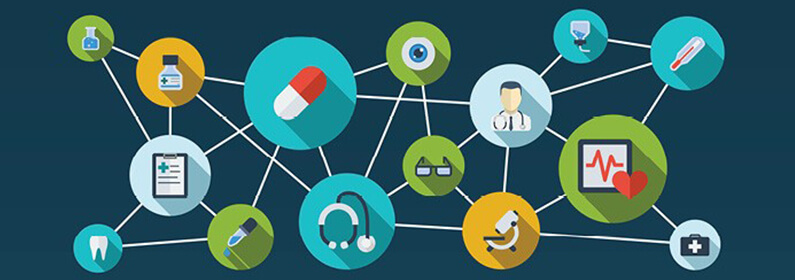The usage of the IoT in healthcare has sharply increased across various specific Internet of Things use cases. According to a report by Abura Networks, by next year, 87% of healthcare organizations will have adopted IoT. More than three quarters of these organizations believe that the technology will transform the healthcare industry.
From 2018 until 2022, growth in IoT healthcare applications is indeed poised to accelerate as the Internet of Things is a key component in the digital transformation of the healthcare industry and various stakeholders are stepping up their efforts. There is an increasing consciousness and engagement of consumers with regards to their health. This keeps the demand for remote and home possibilities growing. Providing better quality care remains the main goal, along with reducing healthcare expenditure. A more integrated and IoT-enabled approach proves essential in all these areas.
Remote health monitoring is easily possible, thanks to the Internet of Things. This partially helps solve the rise of chronic diseases, among others due to an aging population (but not just that). Remote health monitoring is also ideal when patients live in remote areas. There is a broad range of (specialized) wearables and biosensors, along with other medical devices, available today that enables remote health monitoring.
Remote health monitoring also offers healthcare stakeholders to analyze data from these wearables and other devices. This enables new insights as the combination of big data, analytics, IoT etc. tends to do.
Know more about Pinmicro healthcare

